#Picasso modern art
Explore tagged Tumblr posts
Text
What are the Features of Picasso Modern Art?
Pablo Picasso, one of the most influential artists of the twentieth hundred years, is many times hailed as the dad of modern art. His creative strategies and intense expressive decisions altered the art world, making way for various developments and rousing endless artists. Picasso modern art is described by various particular highlights that mirror his genius and creativity.
Cubism - A Radical Departure
One of the most characterizing highlights of Picasso's modern art is Cubism, a development he helped to establish with Georges Braque. Cubism split away according to conventional points of view, addressing items, figures, and, surprisingly, modern art landscapes from different points at the same time. This approach divided the subject into mathematical shapes and reassembled them in conceptual structures. Picasso's "Les Demoiselles d'Avignon" (1907) is an original work in this style, portraying five female figures with disconnected, rakish bodies and faces enlivened by African covers. The composition's extreme departure from authenticity stunned contemporary crowds and denoted a defining moment in modern art.
Use of Color and Form
Picasso's use of color and form evolved significantly throughout his career. In his Blue Period (1901-1904), portrayed by serious tones and melancholic subjects, he utilized blue shades to convey emotional depth and introspection. This was followed by the Rose Period (1904-1906), where hotter tones and more lively subjects won. As he changed into Cubism, Picasso's range turned out to be more shifted, frequently using muted tones to feature the underlying intricacy of his synthesis. His influence could in fact be found in developments like modern pop art in Eastport, NY, which draws on his strong utilization of color and form.
Symbolism and Abstract Representation
Picasso's art is rich in symbolism and abstract representation. His works frequently go past simple visual portrayal to convey deeper meanings and emotions. For example, in "Guernica" (1937), Picasso utilizes dynamic structures and imagery to portray the revolutions of the Spanish Civil War. The work of art is a turbulent and strong anti-war statement, with mutilated figures, divided shapes, and unmistakable differences of dark, white, and dim stressing the torment and pulverization of the bombardment of Guernica, resonating with the intensity found in modern art landscapes.
Innovation and Experimentation
Innovation is at the heart of Picasso's modern art. He continually tried different things with various techniques, materials, and styles. Picasso was not restricted to painting alone; he investigated mold, ceramics, printmaking, and even stage design. His capacity to adapt and reinvent himself artistically kept his work fresh and relevant throughout his career. For instance, his collaboration with Braque in creating montage as a fine art added another dimension to visual art by incorporating real-world materials like news clippings and fabric into their pieces, much like the experimental approaches seen in modern pop art in Eastport, NY.
Psychological Depth and Human Experience
Picasso's art delves into the psychological depth and complexity of human experience. His portrayal of the human form often reflects an inner psychological reality rather than an external one. This is evident in his many portraits, where faces and bodies are distorted to express the inner turmoil, emotions, and multiple facets of personality. His later works, such as the "Weeping Woman" series, illustrate the anguish and emotional intensity of his subjects with vivid color and exaggerated forms.
Legacy and Influence
The highlights of Picasso's modern art — Cubism, imaginative utilization of variety and structure, imagery, and mental profundity — have made a permanent imprint on the art world. His capacity to constantly develop and challenge artistic shows made him a focal figure in modern art and an enduring impact on people in the future. Picasso's inheritance isn't just in the magnum opuses he made yet in addition in the entryways he opened for artistic expression and the striking, uncharted ways he urged others to investigate.
Garett Stephen's Gallery - A Haven for Picasso Modern Art
Garett Stephen's Gallery in Eastport, NY, specializes in showcasing Picasso modern art. The exhibition includes a different assortment of Picasso's works, featuring his progressive strategies and commitments to current art, making it a must-visit for art enthusiasts.
0 notes
Text

Pablo Picasso (1881-1973)
Woman with Green Hat, 1947
Oil on canvas, 92 x 73 cm.
#pablo picasso#picasso#fine art#art#paintings#artwork#artists on tumblr#painting#artist#modern art#art history#artists#art on tumblr#art of the day#cubist#cubism#20th century art#oil on canvas#oil painting#portrait painting#green#1940s art#mid century modern#mid century
502 notes
·
View notes
Text

Pablo Picasso
Femme à l'enfant, 1961
182 notes
·
View notes
Text

ʜᴇɴʀɪ ᴍᴀᴛɪssᴇ The Piano Lesson. 1916. Oil on canvas: 245 × 212 cm (96 × 83 in).
#henri matisse#1910s#art history#20th century#piano#music#art#musicians#nostalgia#oil painting#education#student#modern art#light academia#pablo picasso#oil on canvas#avant garde
189 notes
·
View notes
Text

Melancholy Woman, 1903 by Pablo Picasso / "So Long, London" by Taylor Swift
283 notes
·
View notes
Text
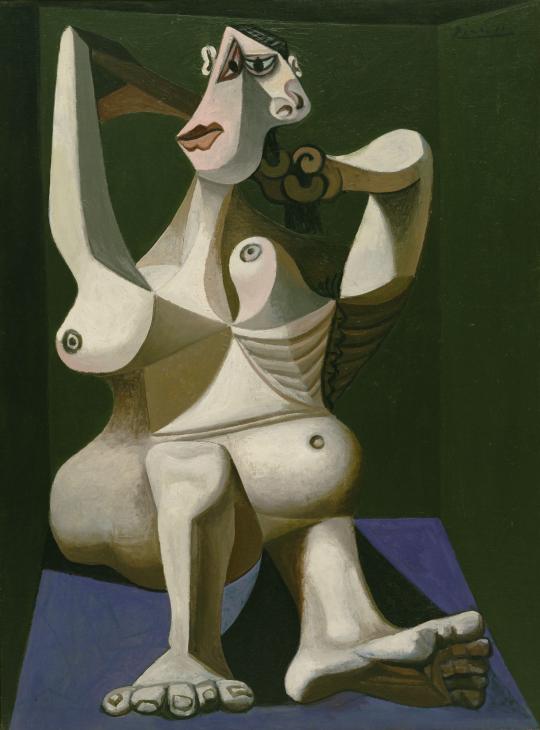
"WOMAN DRESSING HER HAIR" PABLO PICASSO | ROYAN, 1940 [oil on canvas | 51 1/4 x 38 1/4"]
281 notes
·
View notes
Text
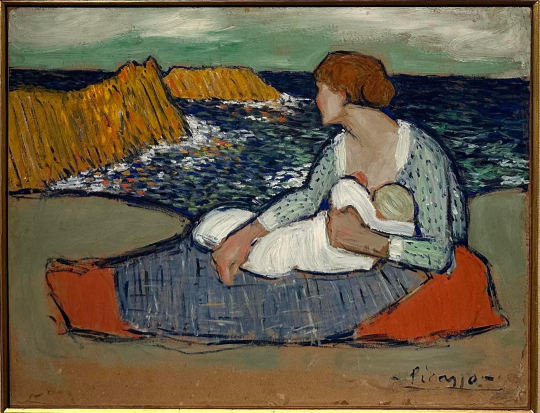
Pablo Picasso
Mother and child by the sea (1901)
338 notes
·
View notes
Text

Pablo Picasso (Spanish, 1881-1973) • Still Life with a Glass by Lamplight • 1962 • Linocut • Printed by Hidalgo Arnéra (French) • 1962
#art#printing#linocut print#pablo picasso#spanish artist#20th century european art#picasso#european modernism#still life#modern still life#art of the still life blog#art history#artwork#artist#art blogs on tumblr#art lovers on tumblr
60 notes
·
View notes
Text
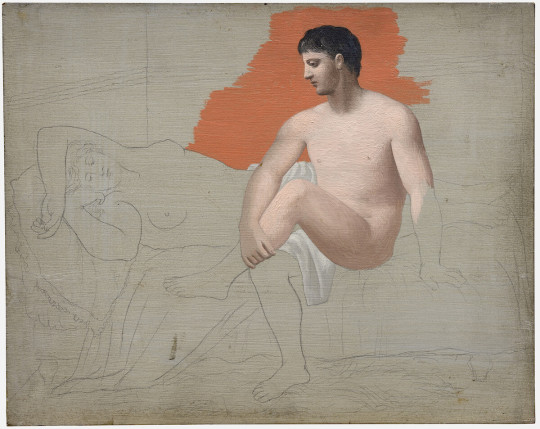
Pablo Picasso - Man watching a sleeping woman (1922)
392 notes
·
View notes
Text

Pablo Picasso
The Dream (Le Rêve)
1932
#pablo picasso#spanish artist#spanish art#spanish painter#spanish painting#french art#french painting#cubist#cubism#portrait#portrait painting#portrait art#portraiture#modern art#art history#aesthetictumblr#tumblraesthetic#tumblrpic#tumblrpictures#tumblr art#aesthetic#beauty
184 notes
·
View notes
Text

Pablo Picasso, Femme Couchée et Homme Au Grand Chapeau, 1959
#picasso#pablo picasso#paper#1950s#20th century art#print#printmaking#drawing#illustration#modern art
50 notes
·
View notes
Text

Pablo Picasso (1881-1973)
Self-portrait Facing Death, 1972
#fine art#art#artwork#contemporary art#paintings#artists on tumblr#contemporary artist#artist#painting#art of the day#picasso#pablo picasso#cubist#cubism#modern art#modernism#modernist#moma#metropolitan museum of art#guggenheim#spanish art#spanish artist
103 notes
·
View notes
Text

Pablo Picasso Portrait de Dora Maar, 1937 Oil on canvas.
#pablo picasso#dora maar#cubism#art#painting#oil painting#oil on canvas#modern art#figurative painting#portrait painting
160 notes
·
View notes
Text
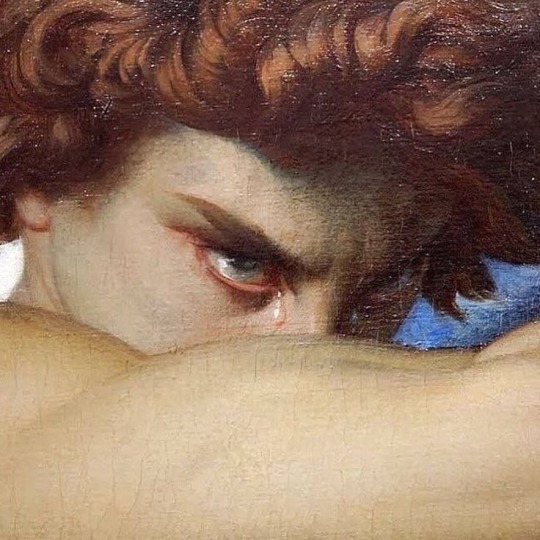

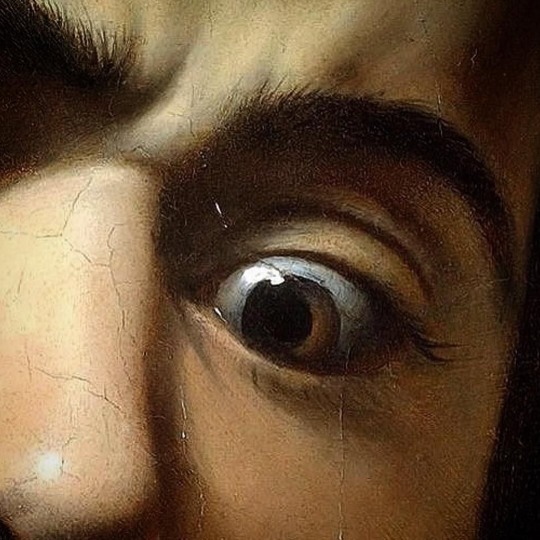
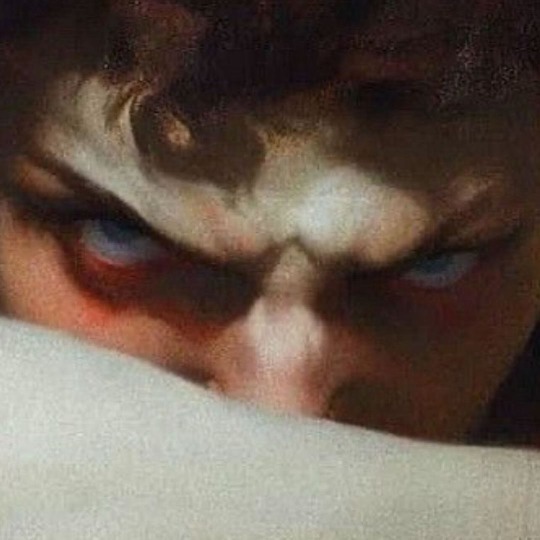
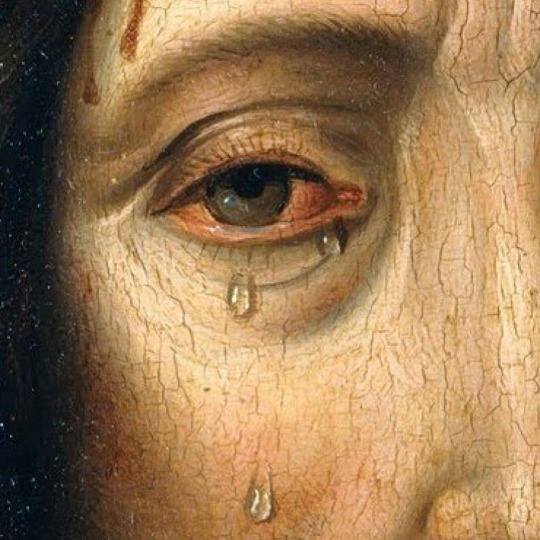
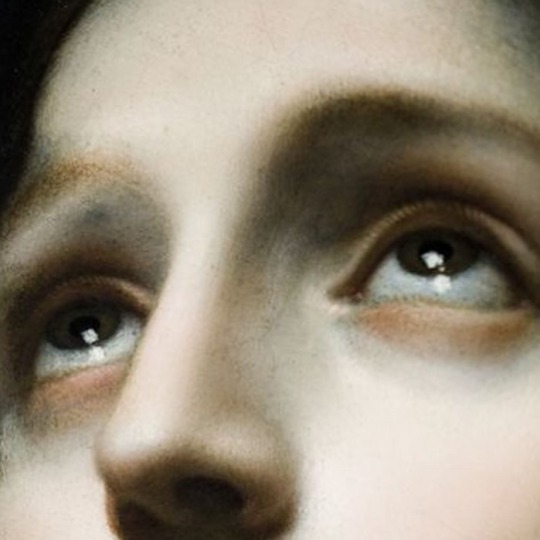
Expressive eyes in renaissance paintings
Instagram @vrtlworld
#archive#vrtlworld#fashion#hip hop#renaissance#paintings#expressionism#art#aesthetic#drip too hard#archive fashion#hypebeast#2000s fashion#eyes#eyes never lie#cool stuff#modern art#van gogh#pablo picasso#starry night#michaelangelo
177 notes
·
View notes
Text

Head of a Woman by Pablo Picasso (1939), Private Collection
Psychology of Fragmentation and Identity
Picasso's Head of a Woman captures a sense of fragmented identity, where the geometric shapes and disjointed lines represent the splintering of the self. The figure's abstracted face evokes an internal conflict—a psychological tension between different aspects of one’s personality that refuse to seamlessly integrate. This disconnection speaks to the unconscious struggle many leaders and professionals experience, where their public persona and private self remain at odds. In the corporate world, this could manifest as a leader who projects strength and control outwardly, while internally grappling with insecurities, doubts, or emotional divides.
For executives or professionals who resonate with this painting, the fragmentation can represent the emotional cost of leadership. The pressure to maintain authority and decision-making often forces them to compartmentalize, dividing aspects of their personality to fit into their leadership role. This splintered self creates a tension that prevents them from experiencing a true sense of wholeness, a theme powerfully conveyed by the sharp, disjointed elements of the portrait.
Ambition, Control, and Societal Pressure
The bright colors and exaggerated features highlight a dynamic between control and societal expectations. The bold reds and yellows suggest ambition and energy, but the abstract nature of the figure implies that this energy is scattered or unfocused. Much like a leader managing a vast array of responsibilities, the figure appears to be pulled in multiple directions, unable to find a singular, cohesive focus. This evokes the unconscious pressure professionals face to meet both their own ambitious goals and the external demands placed upon them by stakeholders, markets, or regulatory bodies.
In a business context, this painting might speak to the overwhelm of leadership, where the constant navigation between personal desires and societal expectations leads to a fractured approach. The geometric shapes can be interpreted as barriers—the hard edges between ambition, control, and external validation—each one creating a sharp distinction that fragments the leader’s path forward. It reveals the emotional toll that striving for success, while maintaining a public image, can take on an individual.
The Unconscious Desire for Wholeness and Authority
Despite the fragmented nature of the figure, there is an underlying desire for wholeness. The painting reflects a leader’s unconscious drive to reconcile the divided aspects of their identity—personal and professional, emotional and rational—in an attempt to achieve a sense of completion. However, the painting also suggests that this wholeness is elusive, as the abstract lines prevent the figure from fully coming together.
For a professional or executive drawn to this work, it symbolizes the constant pursuit of external validation, authority, and success, but also the inherent emotional fragmentation that results from this pursuit. The figure’s disjointed form represents the internal conflict leaders face when trying to balance their need for control with their desire for emotional connection and fulfillment. In this context, the painting becomes a metaphor for the psychological cost of leadership—the persistent drive for achievement, while sacrificing inner cohesion.
Leadership and the Tension Between Public Persona and Private Self
This painting speaks to a leader’s internal conflict, where their public image and personal emotions are constantly at odds. The figure’s geometric face could symbolize the mask of authority a leader wears in their professional life, while the abstraction represents the emotional complexity that remains hidden beneath. The sharp angles and disconnected features convey the tension of maintaining a composed, authoritative persona while experiencing emotional fragmentation internally.
For a collector or executive, this painting serves as a visual representation of the psychological pressures of leadership. It reflects the need to project strength and control, but also acknowledges the emotional sacrifices that come with such a position. The painting becomes a reminder that, while external success and validation are important, they can often come at the cost of personal emotional wholeness.
#pablo picasso#artwork#modern art#art#art history#psychoanalysis#contemporary art#aesthetic#cubism#art collectors#art collection#artinspiration#art inspo#art gallery#symbolism#fine art#women#infantilism#painting
65 notes
·
View notes
Text

Pablo Picasso (Spanish, ) • The Blue Room • 1901 • The Phillips Collection
#art#fine art#painting#art history#pablo picasso#picasso#picasso blue period#early 20th century european art#spanish artist#art nude#bathing in paintings#interior with figure#paintings of interiors#the painted room art blog#modern art#art lovers on tumblr#art blogs on tumblr
111 notes
·
View notes